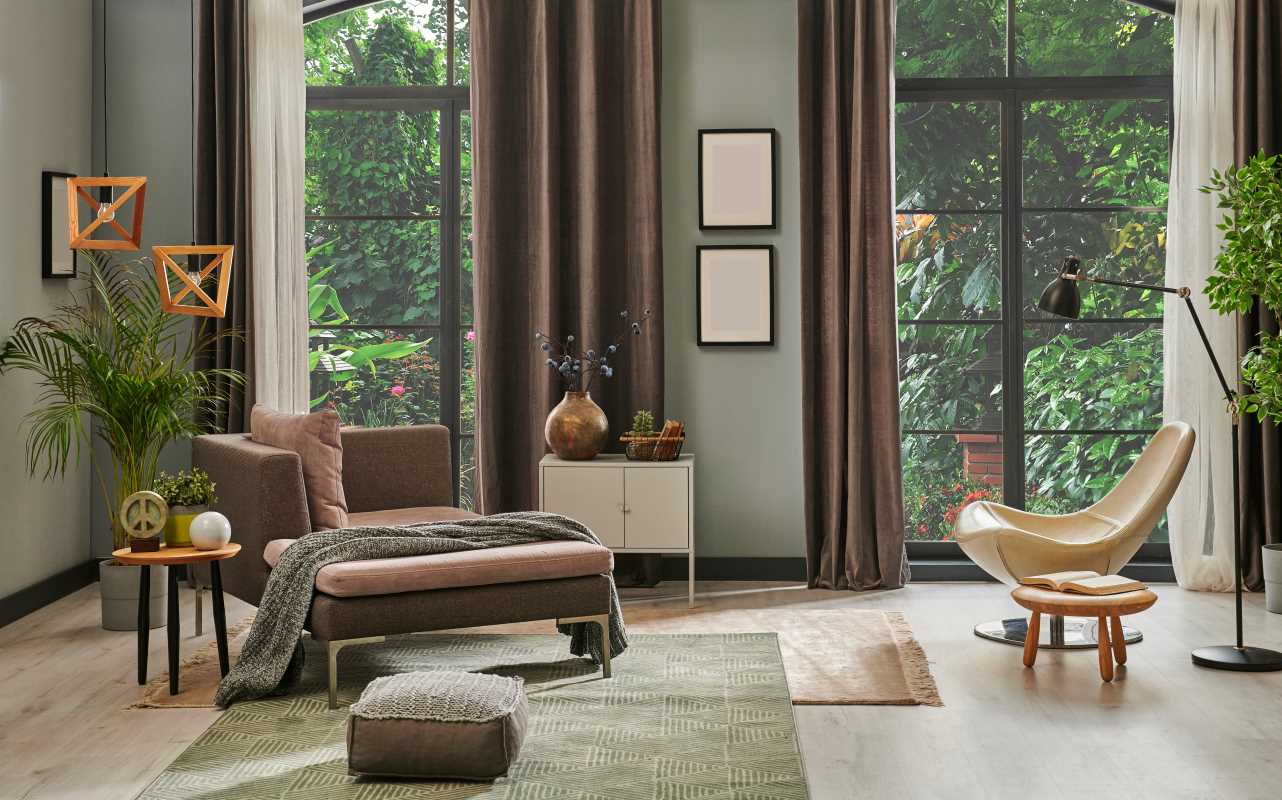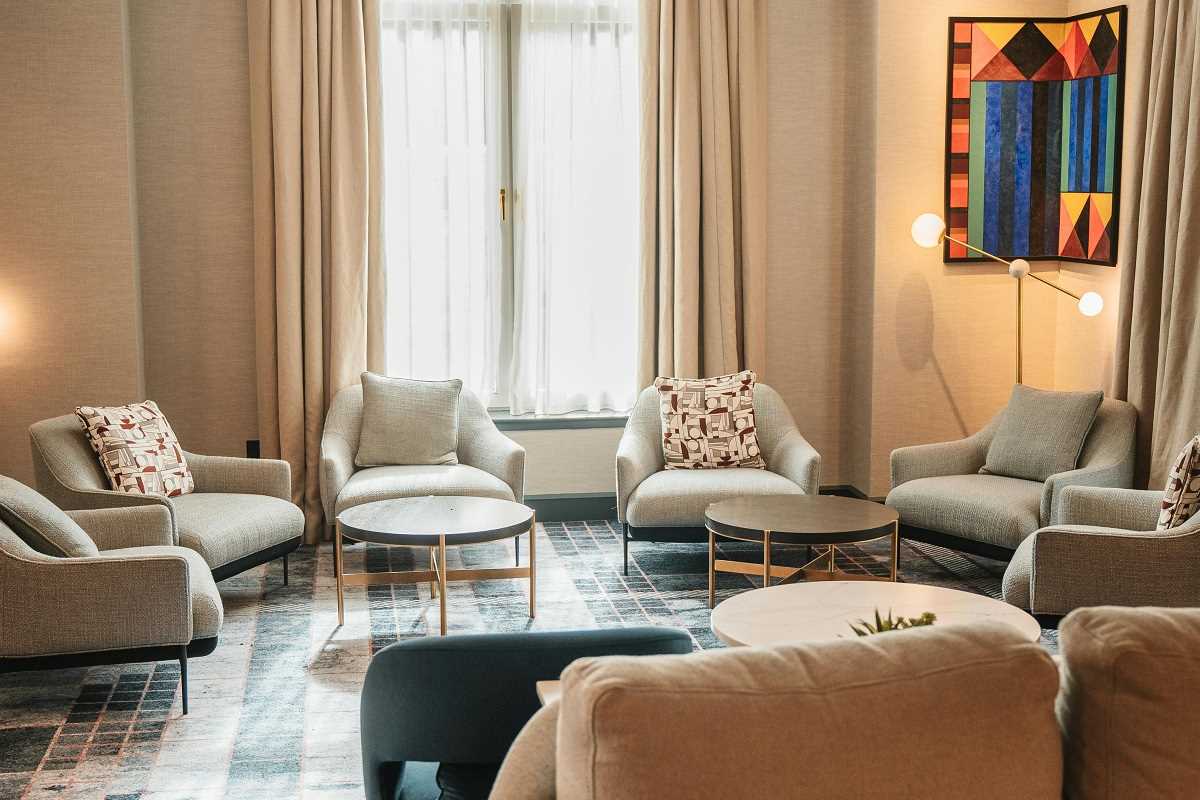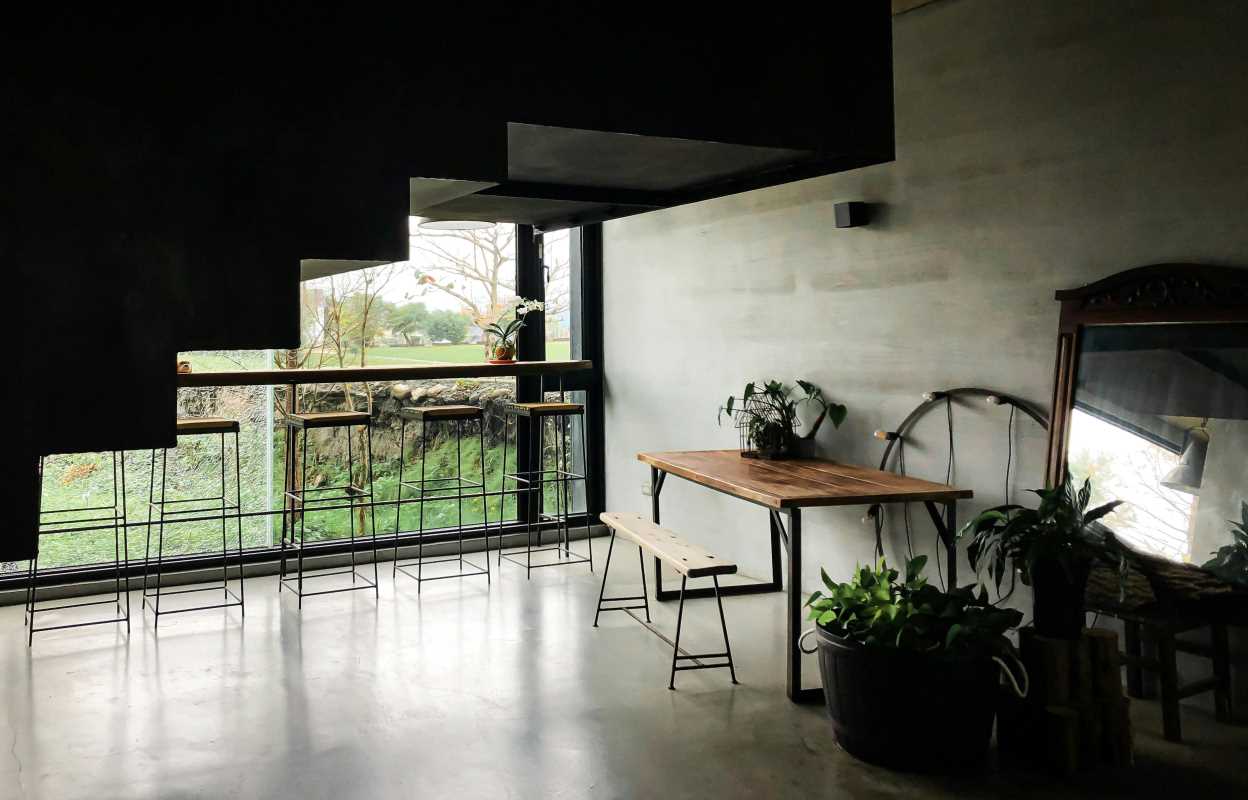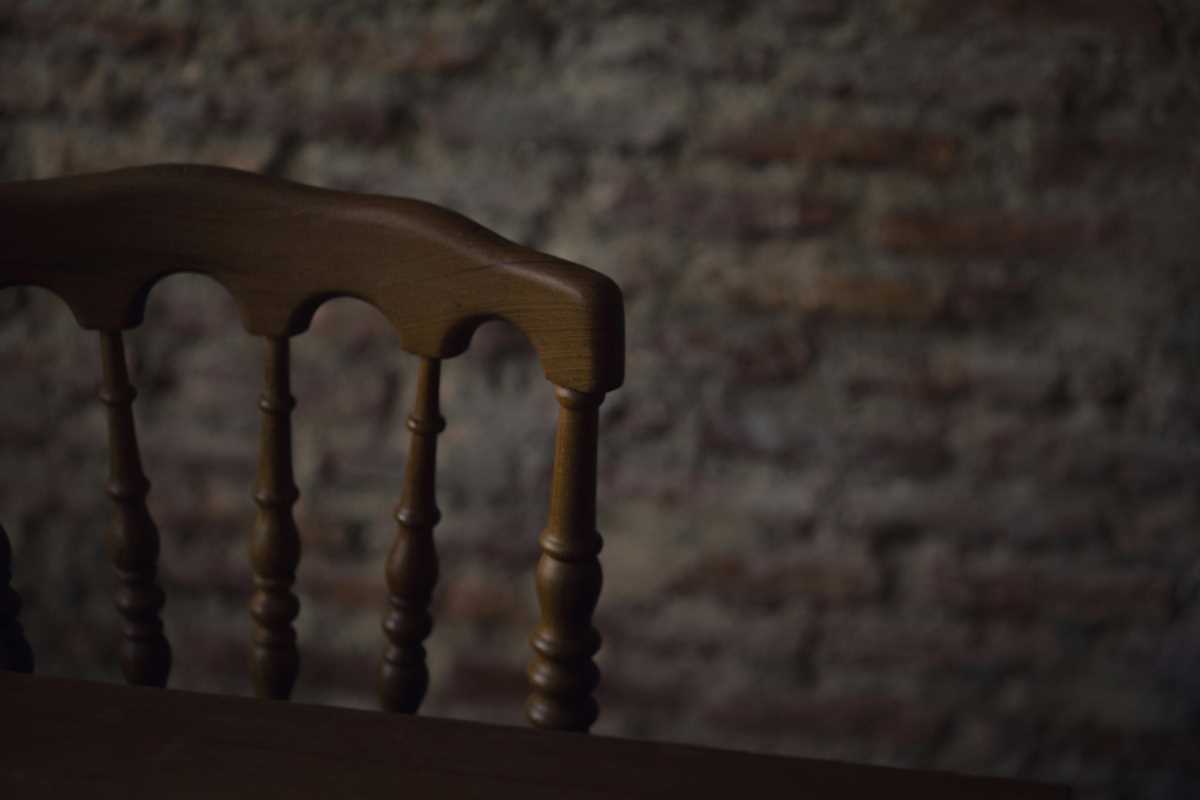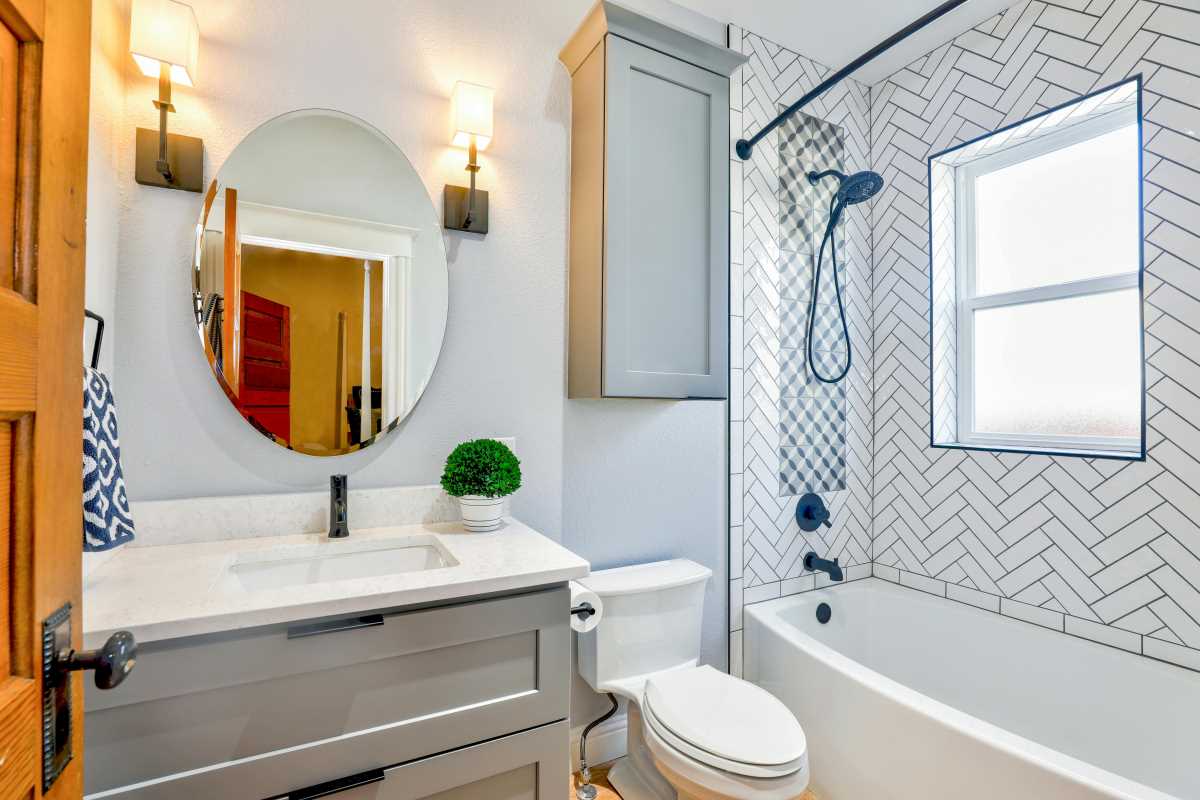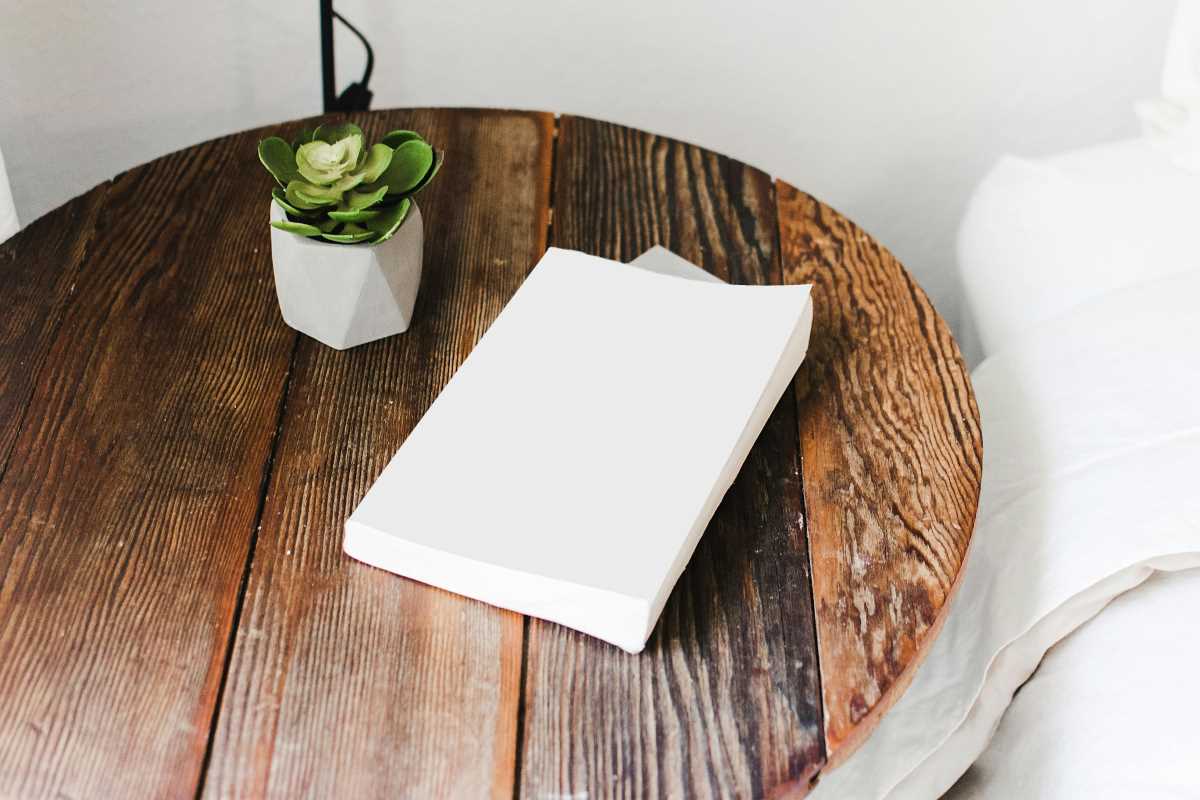Often, when we think about redecorating, our minds jump to big-ticket items like new furniture or a fresh coat of paint. While these changes are impactful, there’s a secret weapon in the world of interior design that can add timeless elegance and value to your home: architectural details. Features like crown molding, wainscoting, and upgraded baseboards are the finishing touches that take a room from standard to stunning.
These classic elements have the power to define a space, add character, and create a sense of history and permanence. They are the details that make a house feel like a well-crafted home. Discover how you can use these architectural features to elevate your rooms and create a polished, high-end look that never goes out of style.
The Power of Crown Molding
Crown molding is the decorative trim that bridges the gap between the walls and the ceiling. Its primary purpose is to add a touch of sophistication and draw the eye upward, making a room feel taller and more grand.
Why It Makes a Difference
A room without crown molding can feel unfinished, like a picture without a frame. Adding this single detail provides a clean, elegant transition that adds depth and character. It’s a classic feature that signals quality craftsmanship and attention to detail, which can significantly increase your home's perceived value.
Choosing the Right Style
The style of crown molding you choose should complement your home's overall aesthetic.
- Traditional Homes: Ornate, detailed profiles work beautifully in classic spaces, enhancing their formal character.
- Modern Homes: A simple, clean-lined molding with minimal curves offers a more contemporary feel that adds definition without looking overly elaborate.
- Ceiling Height Matters: Taller ceilings can handle wider, more substantial molding, while standard-height ceilings are better suited for more modest profiles to avoid feeling top-heavy.
Wonderful Wainscoting for Walls
Wainscoting is a type of wall paneling that typically covers the lower portion of a wall. It consists of panels and molding that add texture, dimension, and a protective layer to your walls, making it both beautiful and practical.
Why It’s a Game-Changer
Wainscoting breaks up large, plain walls, adding visual interest and a sense of structure. It’s an excellent way to introduce a classic, custom-built look into dining rooms, hallways, and bathrooms. Because it's so durable, it's also a great practical choice for high-traffic areas, protecting walls from scuffs and marks.
Exploring Different Styles
There are several popular styles of wainscoting, each offering a distinct look.
- Beadboard: Featuring vertical grooves, beadboard offers a charming, cottage-like feel. It’s perfect for bathrooms, kitchens, and mudrooms.
- Shaker or Flat-Panel: With its simple, clean lines and recessed panels, this style is incredibly versatile, fitting well in both modern and traditional homes.
- Raised Panel: This is the most formal style, with beveled edges that create a three-dimensional, sculpted look. It’s a wonderful choice for formal dining rooms and entryways.
Don't Overlook Baseboards and Trim
Baseboards and the trim around windows and doors are the unsung heroes of architectural detail. They might seem like small elements, but upgrading them can have a surprisingly significant impact on the overall feel of your home.
Why They’re Important
Builder-grade baseboards are often narrow and plain. Upgrading to taller, more substantial baseboards makes a room feel more grounded and luxurious. Similarly, well-proportioned trim around doors and windows frames these features beautifully, making them feel more intentional and substantial.
How to Get It Right
- Go Taller: For a modern, upscale look, choose baseboards that are at least five inches tall. This simple change can make your entire home feel more custom and thoughtfully designed.
- Create Cohesion: Ensure the style of your baseboards and trim is consistent with your crown molding and other architectural features. This creates a harmonious, unified look throughout the space.
Elevate Your Ceiling with Beams or Coffers
The "fifth wall" is a fantastic opportunity to add dramatic architectural interest. Coffered ceilings, which feature a grid of sunken panels, or exposed wooden beams can completely transform a room.
Why It’s Worth Looking Up
These ceiling treatments add a level of architectural grandeur that is hard to achieve otherwise. They create a sense of depth and dimension that makes a room feel custom-built and luxurious.
- Coffered Ceilings: These are ideal for formal spaces like living rooms, dining rooms, or home offices, adding a traditional and sophisticated touch.
- Wooden Beams: Exposed beams can lend a rustic, farmhouse feel or a sleek, modern look, depending on the wood and finish. They add warmth, texture, and character.
Balancing Details with Modern Decor
A common concern is whether these classic architectural elements will clash with more modern furniture and decor. The key is to find the right balance.
- Keep It Clean: If your furniture is contemporary, opt for architectural details with simpler, cleaner lines. A straightforward Shaker-style wainscoting or a simple crown molding profile will complement modern decor beautifully.
- Use Paint to Modernize: Painting ornate molding or wainscoting the same color as the walls can create a subtle, textural effect that feels modern and chic.
- Let Details Shine: When you invest in beautiful architectural features, allow them to be a focal point. Don’t overcrowd the room with too many other competing elements. A minimalist approach to decorating can often highlight the craftsmanship of the room itself.
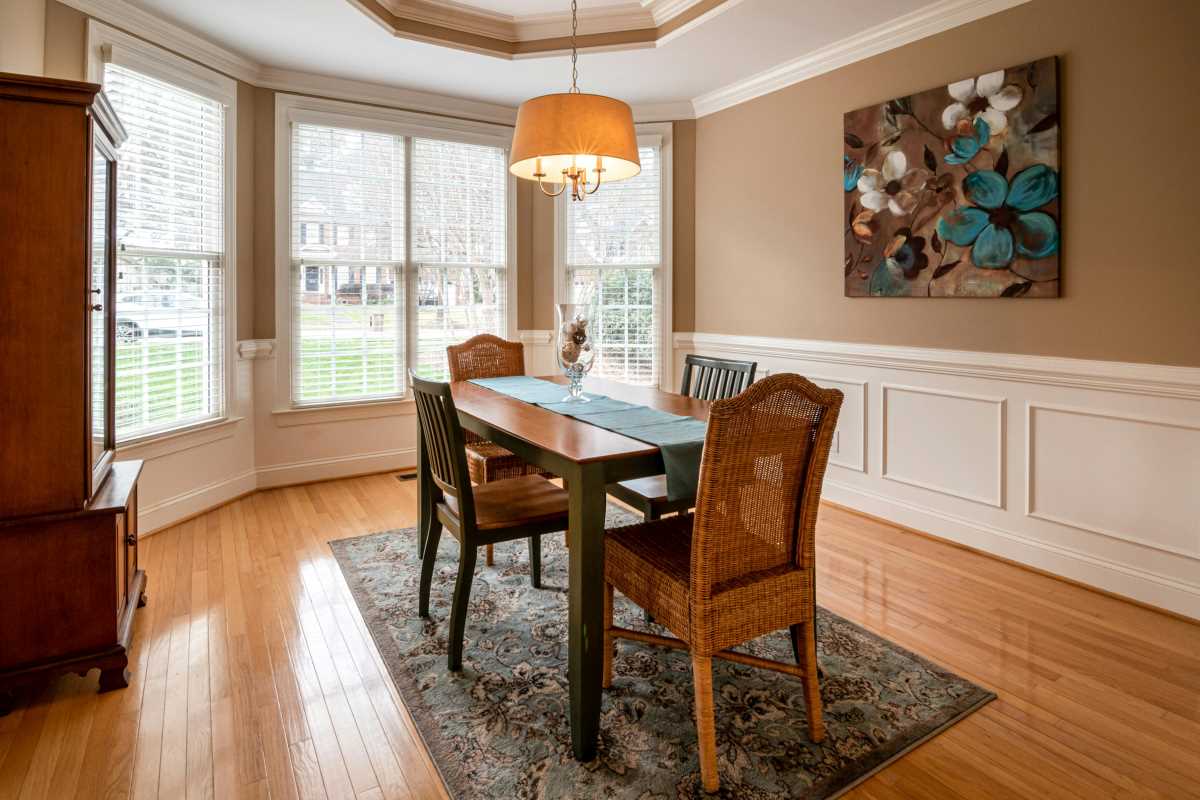 (Image via
(Image via